Gardeners have long noticed that some plants get along best in pairs with each other, and some need to be planted at different ends of the site, otherwise both will die. This happens because each plant, like a person, has its own unique biochemical characteristics. If two seedlings do not match each other in terms of vital indicators, they negatively affect the growth and development of surrounding crops. Therefore, it is important to choose pairings that combine and benefit yourself and others.
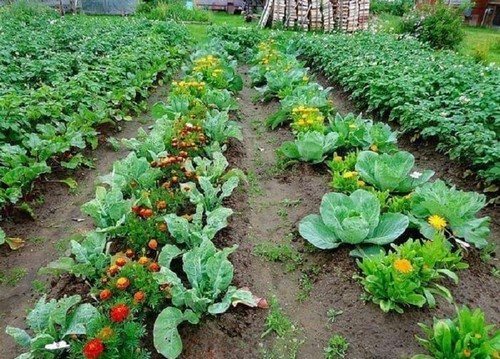
Carrots and onions
Carrots protect onion seedlings from onion flies, repelling them with their specific smell. At the same time, onions are the strongest phytoncide, and under the “protection” of such a plant, carrots will not suffer from pests and carrot flies. They are sown together in one bed, at a distance of only 5 cm from each other.
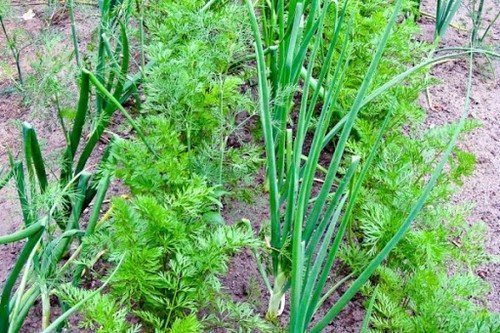
3 grooves on the edge of the bed belong to carrots, and onions should be sown in the center. Sometimes it is advised to plant flowers with a pungent odor - for example, marigolds, which repel white butterflies.
Celery and cabbage
Celery, like onions and garlic, releases phytoncides that repel pests and butterflies. In addition, this vegetable matches well with cabbage in terms of root depth and soil requirements. Cabbage, in turn, stimulates the growth of celery, and it grows significantly after it is harvested. It should be borne in mind that celery can only be planted with early ripening varieties.
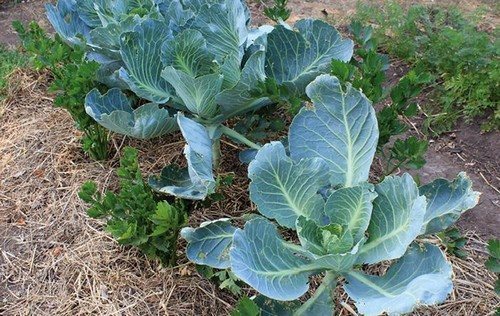
Late types of cabbage will grow along with it, and celery will remain in the shade and wither.
Cucumbers and dill
Typically, gardeners are careful not to mix dill with any other plants because of its rare quarrelsomeness. But cucumbers are the only neighbor who managed to get along with dill and fennel. Moreover, such cohabitation even brings benefits.

Cucumbers bear fruit much more abundantly if they are planted in the garden bed interspersed with dill. This may be due to the chemicals that this plant produces. It’s not for nothing that dill is recommended to be used to prevent various diseases.
Cucumbers and corn
Another suitable neighbor for cucumbers is sweet or fodder corn. This technology is widely used in windy areas. The fact is that corn forms a kind of “wall” to protect cucumber seedlings, and they, in turn, weave along the corn and additionally protect it from mechanical damage. Productivity increases due to the creation of a dense wall from cold and wind.
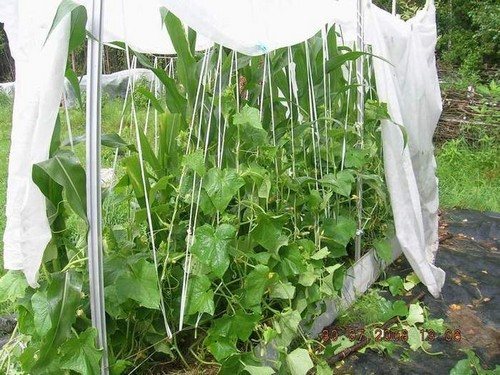
Basil and tomatoes
The right combination is to plant tomatoes, alternating with basil, both in the open ground and in the garden bed. Summer residents have long noticed that this pair has a beneficial effect on each other: tomatoes secrete a special substance - saponin, which repels pests, and basil repels mice and other rodents with its strong smell.
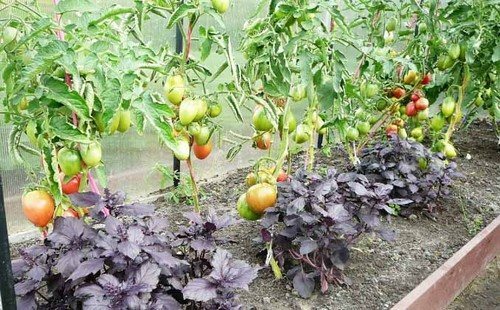
In addition, in such beds you will never find spider mites, which cannot stand the spicy smell of basil. Sometimes tomato bushes grow and overshadow their neighbors, but this problem can be solved if they are planted at some distance from each other.


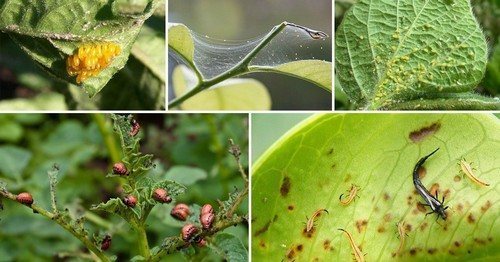

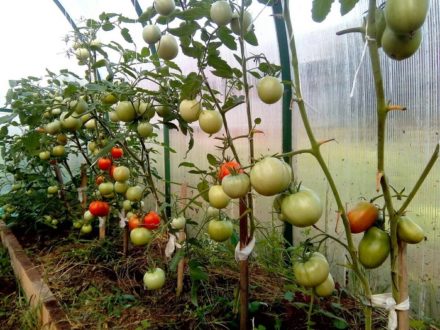


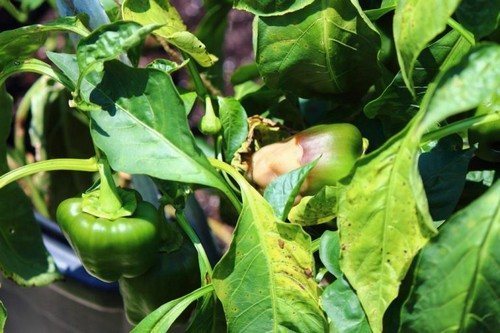

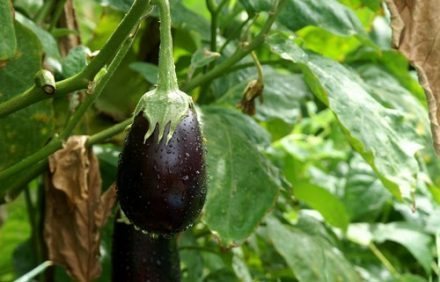
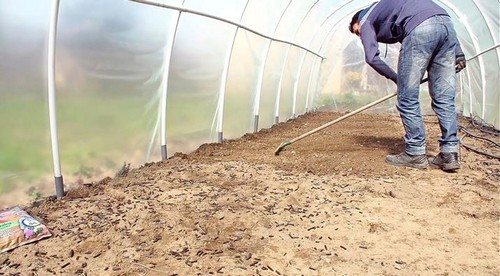
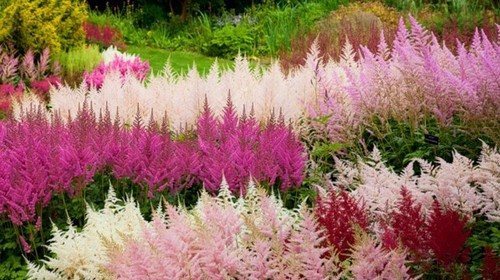
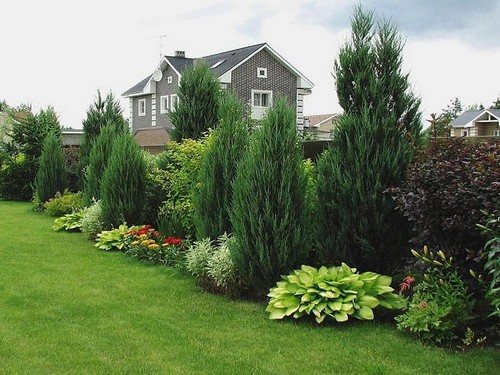
Why write this? To make fun of me? I don’t even read it.